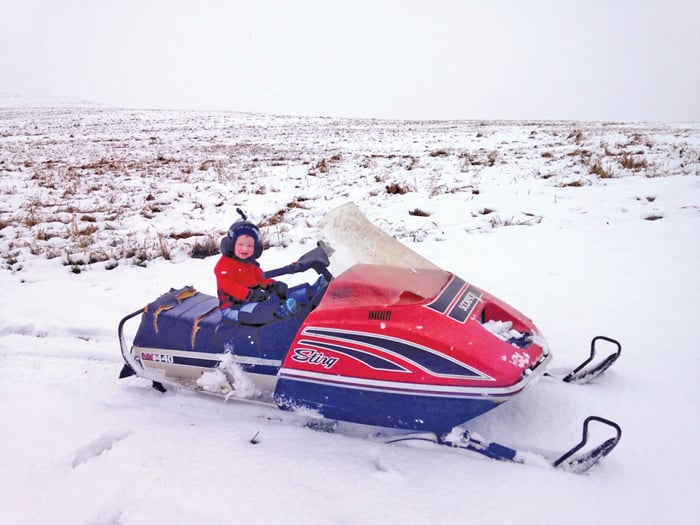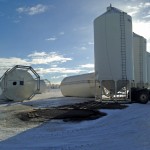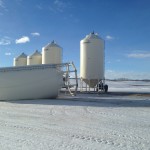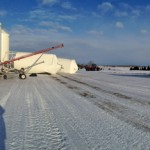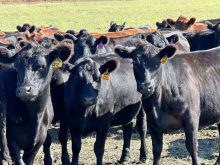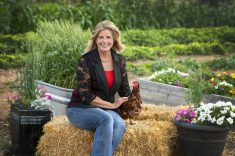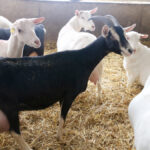A whole bunch of snow. Really wet. Really dry. Wet again. Snow in September. And finally a respite.
It wasn’t Mother Nature at her worst, but she kept everyone on their toes right from the get-go.
Bonnyville farmer Taylor Snyder was helping a neighbour unload canola on Jan. 15 when the winds began to howl, gusting to a hurricane-force 130 kilometres an hour. Bins anchored by cables began rocking back and forth until the cables snapped, with one bin skittering 150 feet across the yard before being stopped by a grain bag.
Read Also

An unbelievable tale of a lost engagement ring
After nearly 50 years, a southern Alberta farmer finds her wedding ring in an unusual place.
In central Alberta, sheds and barns were collapsing from record snowfalls and some of their owners were hit with a double whammy — learning the buildings weren’t covered by insurance because they don’t meet modern building codes.
- More ‘Five to Remember’ from the Alberta Farmer: Want a can’t miss weather forecast for 2015? Don’t look here
Even if a building that has collapsed is listed on an insurance policy, a claim may be denied if it isn’t built to current standards, said Gord Cowan, president of Insurance Brokers Association of Alberta.
- Hurricane-force winds toppled bins in Bonnyville in January 2014.
- Hurricane-force winds toppled bins in Bonnyville in January 2014.
- Hurricane-force winds toppled bins in Bonnyville in January 2014.
“Each company has different wording (for insurance coverage), and each wording deals with collapse differently,” Cowan said. “We urge all insureds to make sure they’re discussing with their broker the specific coverage that they’re buying.”
Spring, of course, came but took its time getting going. Cool temperatures and wet conditions slowed planting in much of the province. Then in mid-June, the skies opened in the south and a disaster was only averted because the precipitation in the mountains came down as snow.
“We were significantly saved there,” said Lorne Hickey, a grain producer and reeve of Lethbridge County, which declared a state of emergency when the Oldman River was forecast to peak at a monstrous 4,500 cubic metres per second. It turned out to be 2,100.
Still, many farmers were hit hard, including cattle producers Cecilie and Duncan Fleming, who were flooded for a second time in two years when Willow Creek spilled its banks and water rose more than eight feet in their yard.
“They call them the 100-year floods, but they’re coming every eight years,” said Cecilie Fleming.
Up in the Peace, the problem was severe drought and the rest of the province threatened to join it as a blazingly hot July dried things out in a hurry.
There was plenty of rain at harvest, angering many farmers with its knack of arriving just as they made their first pass in a field.
It was a different feeling — a sickening one — when snow hit much of southern Alberta on Sept. 10. Many wondered if they’d ever get their crop off.
But then came perhaps the biggest surprise of all. Mother Nature smiled, and gave most farmers a long and warm autumn.

